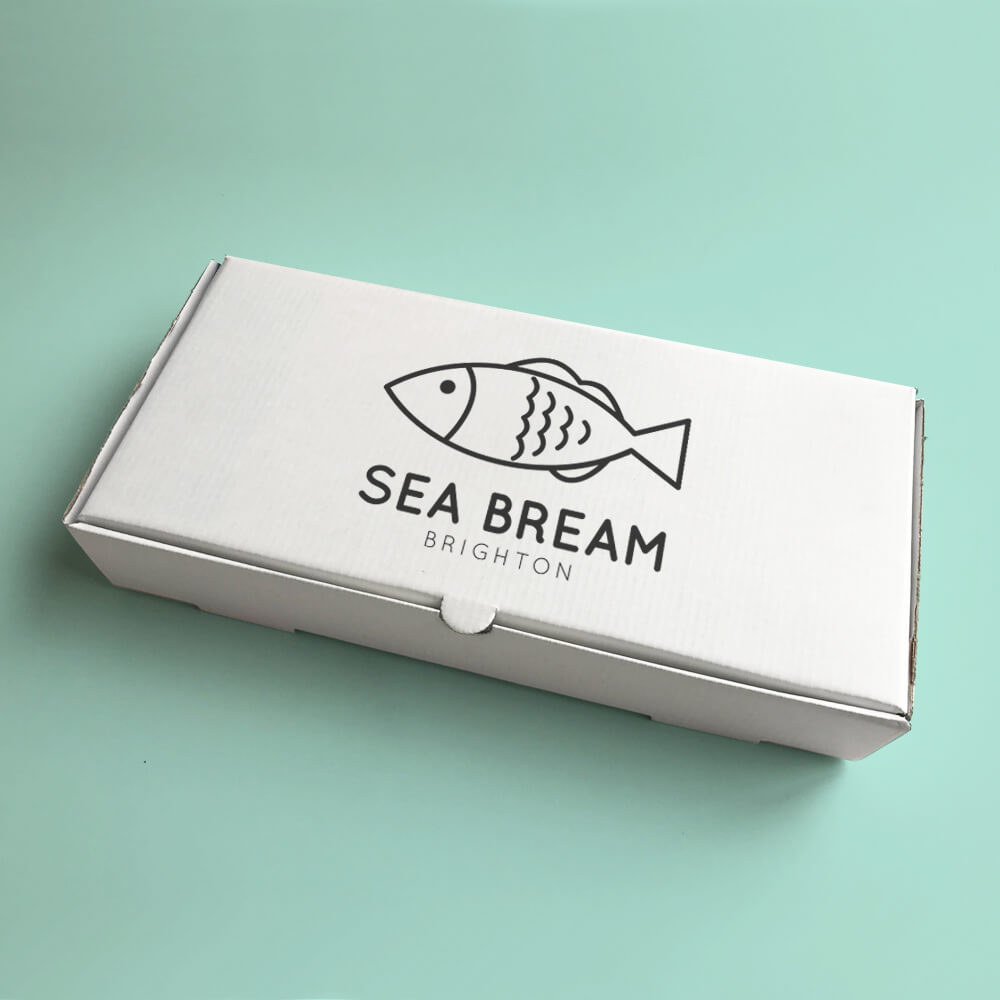The Rise of Foam Trays in Packaging A Sustainable Future
In recent years, the use of foam trays has become increasingly popular across various industries, from food packaging to medical supplies. These lightweight, durable, and versatile trays offer numerous benefits that cater to the needs of manufacturers and consumers alike. As we explore the significance of foam trays, it is essential to delve into their applications, advantages, and the emerging trends toward sustainability in packaging.
Foam trays, typically made from expanded polystyrene (EPS) or polyethylene, serve multiple functions in packaging. One of their primary uses is in the food industry, where they are commonly employed for packaging meats, fruits, and vegetables. Their lightweight nature makes them cost-effective for transportation, while their insulation properties help preserve the freshness of perishable items. Additionally, foam trays are often designed with compartments, allowing for convenient packaging of various food items in a single tray.
Beyond the food sector, foam trays have found significant applications in the medical field. They are used for packaging medical instruments and devices, providing protection against impact and contamination. The lightweight and resilient nature of foam trays ensures that medical products remain safe during transit, which is critical for maintaining hygiene and efficacy. Their disposable nature also offers a level of convenience that is highly valued in healthcare settings.
One notable advantage of foam trays is their number of customization options. Manufacturers can produce foam trays in various shapes and sizes to meet specific customer requirements. This flexibility allows for efficient use of space in transportation and storage, optimizing logistics and reducing costs. Furthermore, foam trays can be easily branded, providing companies with an opportunity to enhance their marketing efforts through custom designs.
foam trays

However, the environmental impact of foam trays cannot be overlooked. While they offer numerous benefits, traditional foam materials, particularly those made from polystyrene, raise concerns about sustainability. Polystyrene is not biodegradable and can contribute to pollution if not disposed of properly. As consumers become more environmentally conscious, there has been a push for alternatives that are both functional and eco-friendly.
In response to growing environmental concerns, the packaging industry is witnessing a shift towards sustainable options. Biodegradable foam trays made from plant-based materials or recycled plastics are gaining traction as viable alternatives. These products maintain the benefits of traditional foam trays while significantly reducing their environmental footprint. Innovations in packaging technology are opening up new possibilities, enabling manufacturers to produce trays that meet functional requirements without compromising sustainability.
Furthermore, industry initiatives aimed at recycling and reusing foam trays are becoming more prevalent. Many companies are implementing take-back programs to encourage consumers to return used trays for recycling. Such initiatives not only promote environmental responsibility but also enhance the circular economy by reducing waste and encouraging the use of recycled materials in production.
In conclusion, foam trays have established themselves as a critical component in various industries, particularly in food and medical packaging. Their versatility, customization options, and cost-effectiveness make them ideal for diverse applications. However, as environmental concerns continue to rise, the industry is challenged to innovate and develop more sustainable solutions. The evolution of foam trays towards biodegradable and recyclable alternatives marks a significant step in the pursuit of responsible packaging. By embracing these changes, manufacturers and consumers can contribute to a more sustainable future, ensuring that the benefits of foam trays can be enjoyed by generations to come.



